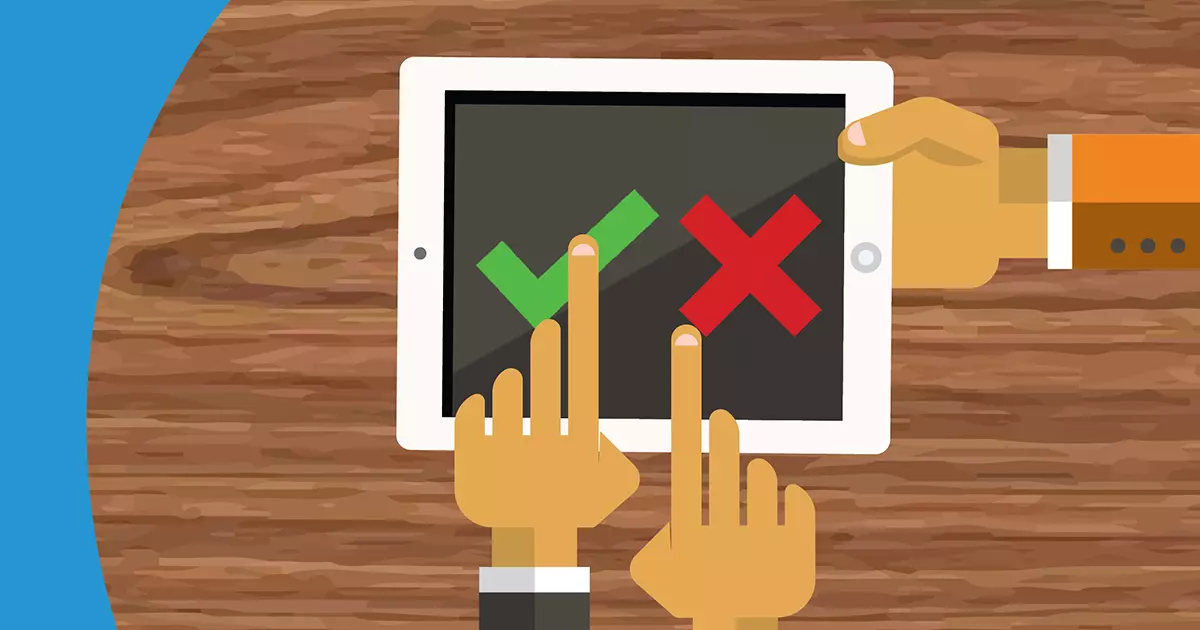3 Ways B2B Marketers Can Improve the Customer Experience

The idea that marketing will own the entire customer experience may seem quite overwhelming for B2B marketers. Here are three ways to get started.
A recent survey conducted by The Economist and sponsored by Marketo found that 86 percent of CMOs and senior marketing executives believe they will own the end-to-end customer experience by 2020. That finding is huge, not just in terms of the high number who believe that statement, but the ramifications for marketing professionals if that prediction comes true.
While the focus on the customer journey has been a hot topic in B2B marketing for some time, the idea that marketing will own the entire customer experience may seem quite overwhelming. This is especially true for B2B marketers, as many are just beginning to get their heads around understanding and mapping content to the new buyer’s journey. So what exactly does owning the end-to-end customer experience mean?
Gartner defines customer experience management as “the practice of designing and reacting to customer interactions to meet or exceed customer expectations and, thus, increase customer satisfaction, loyalty and advocacy.” That is a pretty all-encompassing definition, and while there are plenty of thought leaders who believe marketing should lead the charge, it seems like a big task for B2B marketing teams who are already under staffed and have limited budgets.
It should also be noted that there is an entire growing professional discipline specific to managing the customer experience, with job titles like Chief Customer Officer and Director of Brand Experience. But, a positive customer experience can’t be achieved by working in a silo. Managing the customer experience means working and collaborating across many different departments, from IT to product development to marketing.
So besides collaborating across disciplines, what can B2B marketers do right now that can make an impact on a positive customer experience?
Here are three areas of focus to consider:
1. Tell a compelling story. There is a definite place for B2B content that educates and informs, but there is also a place for content that engages and connects. Telling a great story means a shift from putting the brand or product at the center of building interest in a more compelling way. Consider the positive impact you can have with customers by utilizing visual storytelling, sharing real customer stories or empowering internal team members to share their ideas around the future of your industry.2. Optimize for mobile. If your website, landing pages or email marketing are not designed to provide a better mobile experience, you are at risk of losing your audience, for good. Today’s expectation is that content can be found and read on a mobile device, and the major search engines now use mobile-friendliness as a factor in how you rank. Now is the time to make an investment not just getting your digital platforms to work better for mobile, but to also provide a great mobile experience.
3. Personalize. The technology around personalization is expanding rapidly, and there are effective solutions for personalizing experiences from your website to social media advertising. But before plowing forward in expanding your technology stack, developing buyer personas and leveraging the data you already have can go a long way toward creating personalized content. A quick way to develop or update your buyer personas is to work closely with the sales team to hear about a particular audience segment’s current pain points. And regularly reviewing your website analytics to see what topics and products are getting the most interest can help create content that is relevant and personalized.
Sign Up for our Newsletter - Get agency updates, industry trends and valuable resources delivered directly to you.
Stacy Whisel - President
Stacy serves as Godfrey’s president and also oversees the channels and operations side of the agency. Her background in research and media is a key driver for ensuring Godfrey implements audience-focused programs.




